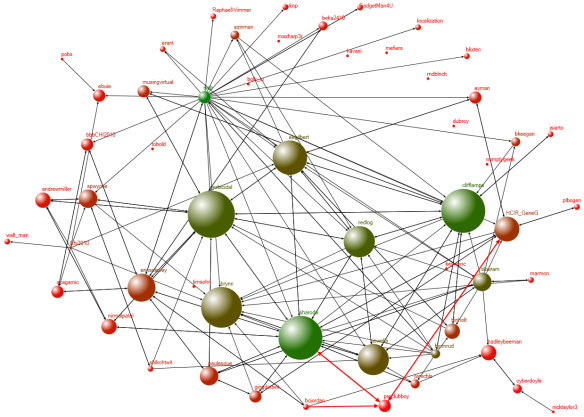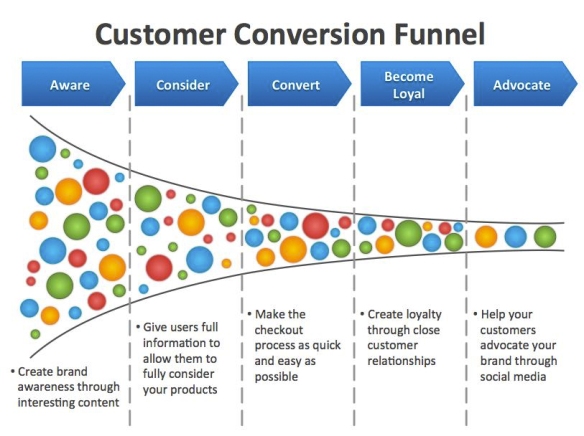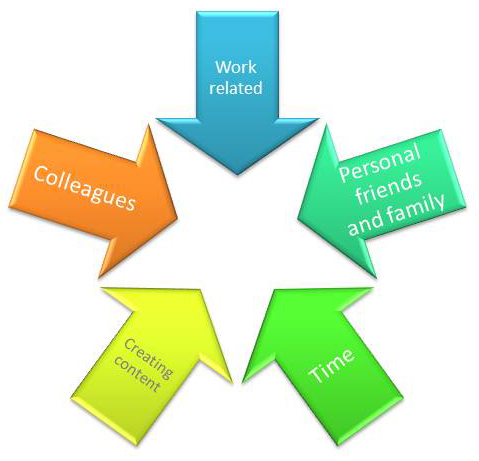
I don’t know a marketer out there that would say that influence in social media is not a commodity, if you know how to leverage it.
I do however, know a lot of marketers out there, who struggle with determining and identifying influence in social media and because of that, can not leverage it; and that’s NOT a commodity!
Discussions on influence in social have been around since social began. For me, those postulations and assumptions began back in 2006, so I’ve got 11 plus years of data and experience on what I think and what I think I think. Yea, we were forced to think about it just as much back then, as we’re doing today because influence mattered. Then and now, and thus, the more data a marketer has, the better the decision they can make. Right? Especially in a B2C setting.
Now B2B marketing? B2B influencers? Just as important. Just 5X to 10 X more challenging.
It’s amazing to me that in 2018, the questions on influence in social are still pondered as if it were the latest work-out fad, “Yea but will it give me abs?” The reality is that we shouldn’t be surprised that the questions still persist. Over the years, the definition of what true influence is, has kind of changed, at least in the context on how to measure it and what the criteria is to measure it. The bottom line is this:
Influence is a nebulous but nevertheless, powerful “thing” in B2B social media, and you my dear marketer, need to understand how to determine it, identify who is influential within your space, and then decide what you’re going to do about it.
Pro Tip #1: If your org is using social media of any type, you should have some type of social media influencer strategy. Even if it’s low impact.
The whole reason is simple. The more you know about your space, the easier it is to decide how to market it to it. And… Having some type of influencer strategy will allow you to know more about the space that you’re marketing in and to. It’s a reciprocal arrangement that mutually benefits both parties.
By “owning your space,” individually, organizationally and operationally, you become the true master of your business and social domain. Knowing your industry backwards and forwards becomes one of your biggest strengths; and yes, ideally industry expertise should extend from the c-suite all the way down to the lower junior or new hire levels. For your newbies, it should be about continuous training and boots on the ground experience so that they can become SME’s ( subject matter experts).
Additionally and theoretically, by ‘owning it,’ you should now know by default the answers to the below questions that slightly resemble a SWOT analysis:

- What makes your company great?
- What makes your company and its products or services better or different?
- Who is your greatest threat? Which competitor do you pay attention to?
- What does your company not do well?
- How can we improve the #CX? The #UX?
Ironically, The challenge to this pragmatic, common sense thinking is that we’re all situated in a unique moment in time in which, whether you like it or not, there’s a high likelihood that your organization might be in the midst of some type of digital transformation. Which means that your company might be culturally changing its digital capabilities as it pertains to process, product, services, technologies and assets in all to improve operational efficiency, enhance customer value and the customer experience, manage risk, and uncover new opportunities to compete and make money. That’s a mouthful…
The translation? The key to being a good social media marketer is what? Exactly! It’s your ability to answer an expanded list of the above questions:
- How well do you know your space? Posed as a question and a statement
- How well do you know your company, your service, your product and its people?
- Do you have a social/digital mindset? You’ll probably need to be somewhat adept at that aspect or understanding. Do you know what that means?
- How “good” are you at social media engagement? If you can’t hold a conversation, don’t understand context and are taking yourself too seriously-this might not be for you
- Do you know what you’re doing? Like, really know what you’re doing? Managing your personal social accounts helps, but this is different.
- Do you know what the strategy, tactics & goals are for your organization?
- Can you execute a social media marketing strategy?
- Do you know what success is? Can you define it?
- Do you know who the players are? Do you know who isn’t?
- Who moves the needle in your space? *Hint: These might be (are) your influencers
- Can you measure your results?
Keep in mind that anyone can “do” social media marketing especially in a B2C setting but can you be the special person that can own it in a B2B setting?
Pro Tip #2: You don’t need any tools to do B2B social media marketing effectively.
So the grand point of all that I’ve been saying up to this point is this. If you know your space, you’re a social media marketing worker bee, you’re managing some initiatives and you’ve been doing it for over 9 months, then you should be able to tell me pretty right away…Who your industries’ influencers are. Could you do it?
You don’t need a tool, though it can and could make it easier in identifying some ‘people’ that may not be as active and yet are still effective and impactful within the space. Point being, if you’re actively engaging, managing and participating, and you are the owner of the branded social media accounts of your organization, then you know what’s up. You’ll be able to answer the above questions. You will be and are the master of your social domain and you’ll know who the influencers are.
Pro Tip #3: Influence needs to be qualitative not quantitative
Here’s how I measure influence in social media. particularly Twitter. I look for those that are authentic voices and experts within their space. Authentic Voice being the operative term. I look for practitioners. I look for ‘normal’ activity. Not ridiculous participation. I’m looking for success not excess.
If you’ve written a book on Big Data and analytics in social media for example, and that’s what your interests are, and that’s what you talk about on social platforms and you share things that pertain to that on social platforms, and your feed shows a balance of content mixed with conversations and your numbers, i.e., your number of followers, the number of people you are following and your number of tweets, are balanced, I would consider you an influencer. I would follow you. A big key for me going forward, however, would be how well do you engage?
Should we consider the person that has tweeted over 600,000 times, has a 150,000 followers and is following 150,000, an influencer? Here’s more context. Is that same person an influencer if they occasionally write or tweet about the Internet of Things, AI, VR, AR, MR, machine learning, digital transformation, digital disruption, design thinking, 5G and cloud computing? Are they an expert in all of those things? Are they an expert in one thing? What if they don’t engage?
By the way, that’s the description of an actual person on Twitter that brands and sells themselves as an influencer. You can come to your own conclusions on that but here are some more qualifying questions that might help you decide and determine true social media influence
- Do they enhance your experience?
- Do they engage?
- Do they share your content?
- Do you get the sense that they don’t even pay attention to their feed?
- Are they a SME? An expert?
- Are they an industry resource?
- Who do they work for?
- Do they push out their own though leadership?
- Could they solve your organization’s most difficult problems?
At the end of the day, you have to ask yourself, “What do I want out of my relationships with the influencers that I have targeted and or have followed in social media?” Once you’ve narrowed down who the influencers are, once you have thoroughly vetted them, then you can start thinking about your influencer strategy and tactics in order to get the most out of your B2B social media marketing initiatives and the influencers that are in your space.








 flu
flu


